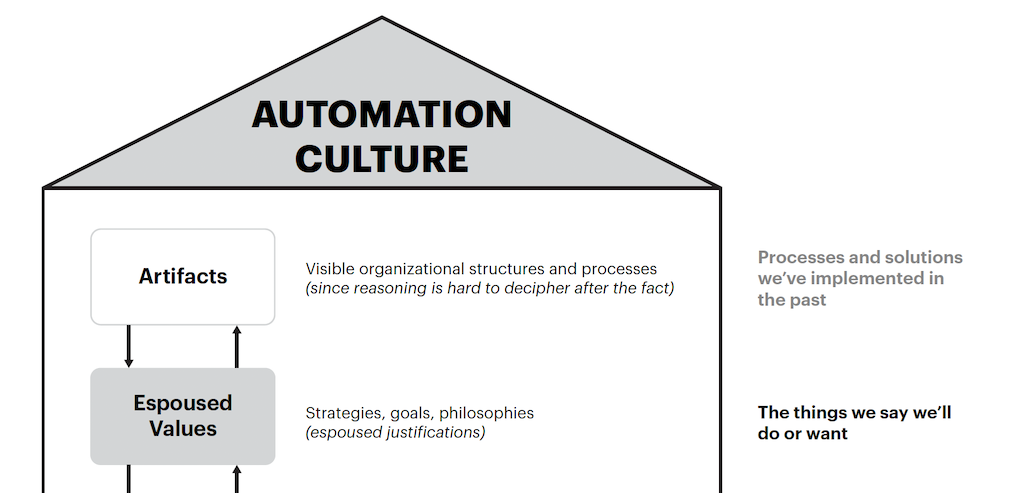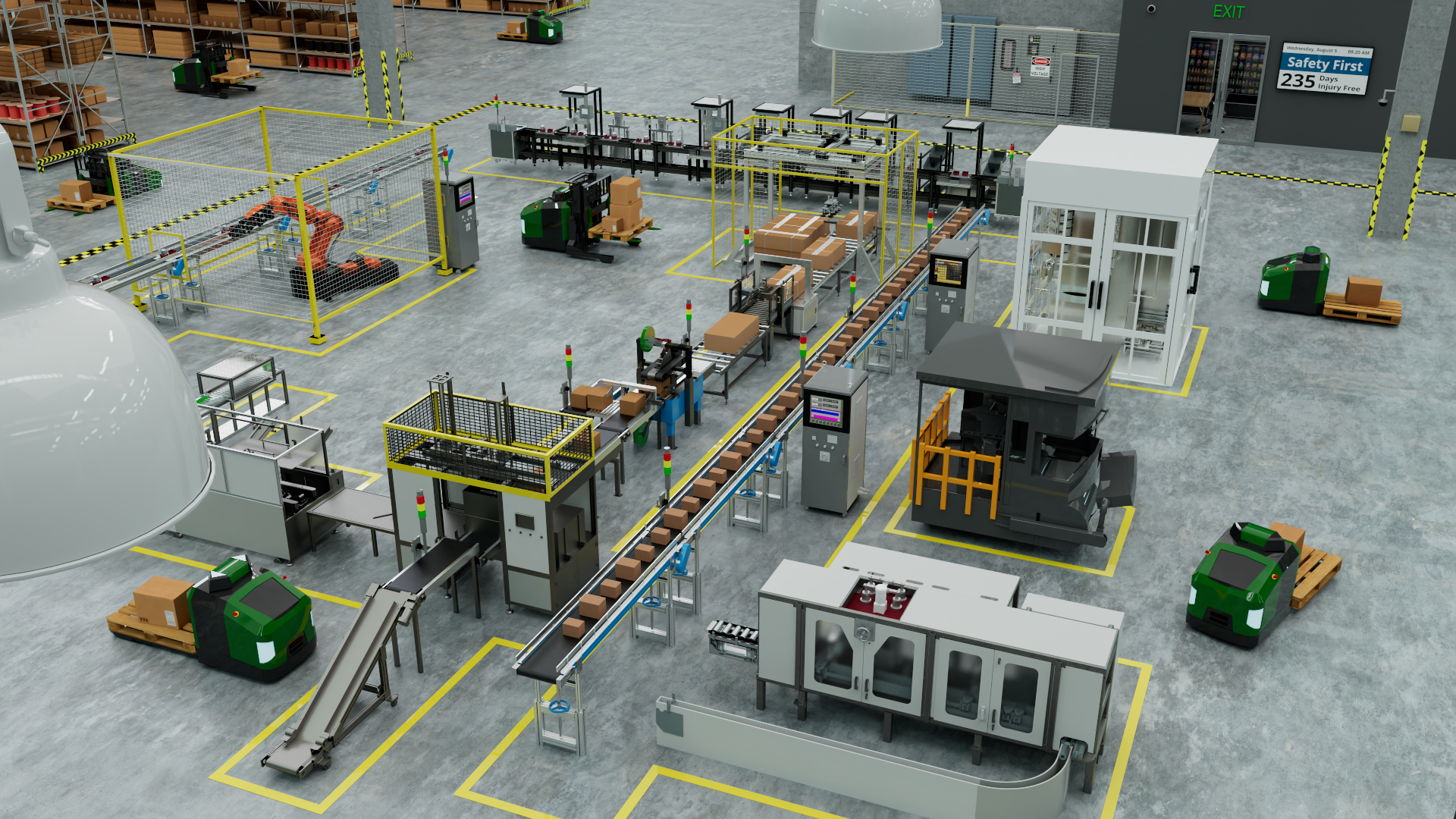Prime Advantage Purchasing and Manufacturing Survey finds strength in the sector despite some headwinds.

Manufacturing revenues are on the rise, and manufacturing hiring remains strong despite a struggle to find skilled workers. Those are among the findings from Chicago-based manufacturers buying group Prime Advantage in its 14th Purchasing and Manufacturing Survey.
The benchmarked survey polls more 750 small and mid-sized U.S. industrial manufacturing companies. Prime Advantage is a buying consortium for manufacturers with more than 750 member companies and more than 125 endorsed suppliers. Among the highlights of this latest survey include:
- 80% of respondents expect to be at or above previous year’s revenues, and 83 percent anticipate maintaining or increasing revenue performance in 2016.
- Hiring is strong, as 61% of members planned to hire new employees in 2015.
- A lack of qualified workers remains the top threat to manufacturing growth among members for the second consecutive year, with 46% voicing this concern, down from 53% in 2014.
Mike McDonald, vice president of new business relationships for Prime Advantage, discussed the survey findings with Plant Engineering:
PE: Your data indicates widespread strength across the manufacturing sector. Are you seeing more strength in the U.S. market vs. international, or is the sector growing across the board?
McDonald: While we didn’t delineate between domestic and international sales in this survey, we know through conversations with some of our members that international business for some of them has slowed a bit, and the stronger dollar has come into play as well. Prime Advantage members indicated in the survey that the biggest drivers for a lift in revenues were new products and new customers. We believe these are the same members in previous surveys that indicated increased investment in (research and development), which looks to be bearing fruit.
PE: Investment in both people and processes are high. What is different in 2015 and 2016 than in past years that is fueling this growth?
McDonald: The employment numbers haven’t changed significantly over the last few years; they’ve been trending nicely (to maintain or grow the workforce) since 2012, with virtually nobody reducing headcount this year. So, employment has been a consistent message, and we see that continuing. There is still a speed bump of finding enough skilled workers, but we know that some of our members have been addressing that through training programs and partnerships with local community colleges to train students in a skilled trade.
The capital spending numbers look good with 73% of respondents indicating they’d either increase or hold their planned investments steady, compared to 57% last year. We didn’t drill down any further in this area with our question structure, but with business continuing to be steady and growing for most manufacturers, this number didn’t completely surprise us.
Lastly, with regard to investments in processes: We have learned that when it pertains specifically to procurement departments, they continue to focus on technology initiatives that will give them better and more actionable spend data, and they continue to focus on skill development such as negotiations, analytical, and relationship management.
PE: Even with global political and economic issues, there seem to be very few headwinds in the U.S. manufacturing sector. Has the caution of the past few years finally given way to sustainable growth?
McDonald: I think the feeling is that domestic markets are solid and for many of our Members, that’s enough. We certainly have members that conduct business globally and there’s a slower pace in certain international markets. It’s been interesting to see our Members over the last several years invest in new product development, which is fueling some of their current growth, which is great. I agree that there don’t appear to be any major headwinds; but we also know that’s a fluid situation. The two areas most companies are keeping an eye on are healthcare costs, and availability of trained workers. As far as healthcare, the focus is how to respond and comply with the (Affordable Care Act), while trying to control the rising cost of healthcare for their organization and provide the best coverage options to their employees.
And as far as trained workers, this issue hasn’t gone away, it’s just not as pressing. Our most forward-looking and innovative members have partnered with local schools to offer training for trade skills or broader exposure to the world of manufacturing, which is great.



